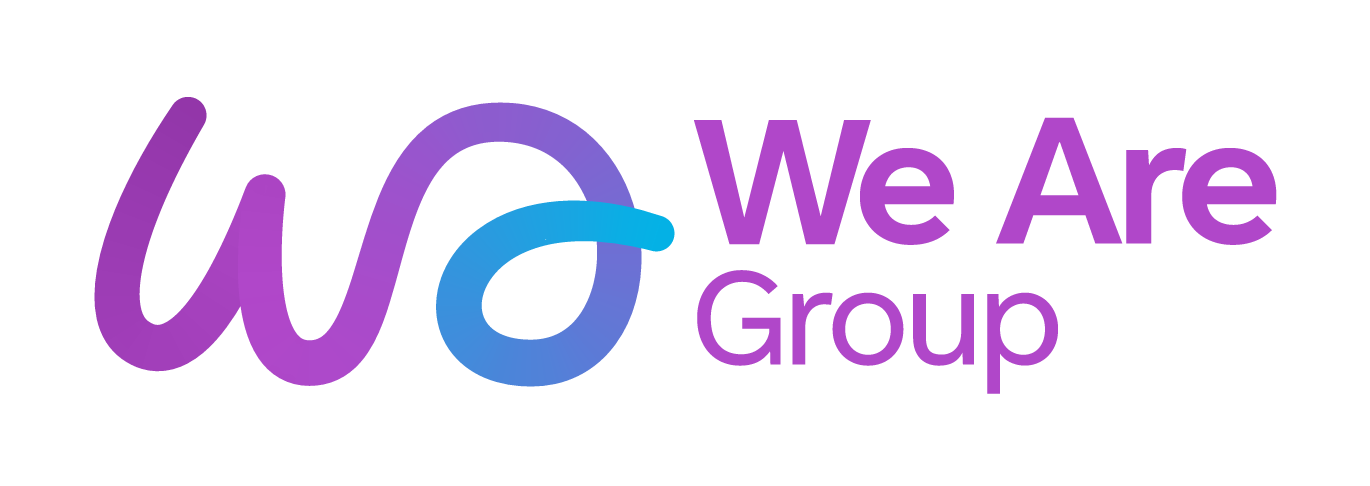In the evolution of business processes, three key terms are frequently mentioned, all of which put digital first: digitisation, digitalisation, and digital transformation. Although they might sound similar, each plays a unique role in how businesses evolve in the digital era.
Digitisation refers to converting physical information into digital formats. Digitalisation is the integration of digital technologies into everyday business processes. Meanwhile, digital transformation is a more comprehensive shift, involving a complete overhaul of business strategies, culture, and operations to fully embrace digital innovations.
While these advances offer significant benefits for organisations, such as increased speed, convenience, and efficiency, they also pose unique challenges for the end-users of these services.
The Challenges of a Digital-First Approach
One of the primary challenges is the potential delay in service for those who prefer or need traditional interaction methods, such as telephone calls. Automated systems, designed to filter and solve issues through digital means chatbots, can often prolong the time it takes to connect with a human representative. This can be frustrating for customers seeking direct interaction.
Moreover, there are significant concerns about those who are digitally unable – individuals who lack either access to digital technology or the necessary skills to use these services. This digital divide can lead to feelings of stress and exclusion among significant segments of the population. There are also people who are digitally unwilling; those who prefer traditional service channels out of habit, fear of technology, or other personal reasons.
Solutions in a Digital-First World
In navigating these challenges, businesses and policymakers need to find effective ways to reconcile a digital-first approach with the necessity of human interaction. This balancing act is crucial not only for customer satisfaction but also for inclusivity.
1. Regulatory and Legal FrameworksOne approach is to implement regulatory or legal frameworks that require businesses to maintain and support traditional service channels. These channels include direct phone lines and face-to-face interactions that can serve those who are digitally unable or unwilling. To fund these services, businesses could use a cross-subsidy model, where the efficiencies and profits generated from digital operations help support traditional service methods.
2. Digital Skills TrainingAnother vital solution is providing digital skills training to help bridge the gap between the digitally able and unable. By equipping people with the necessary skills to navigate the digital world, we not only empower them but also expand the reach of digital transformation benefits. By working with specialist Digital Skills programme providers such as We Are Group, organisations can empower their customers with the skills they need to use digital channels.
The road to digital transformation is not just about adopting new technologies but also about adapting to the needs of all users to ensure customer satisfaction. As businesses continue to evolve, the focus should not solely be on technological advancement but also on inclusivity and accessibility. By fostering an environment where digital and traditional services coexist and complement each other, businesses can ensure that no one is left behind amidst digital-first approaches.
Enjoyed this blog? Sign up for our free newsletter for more interesting reads: We Are Group Newsletter



